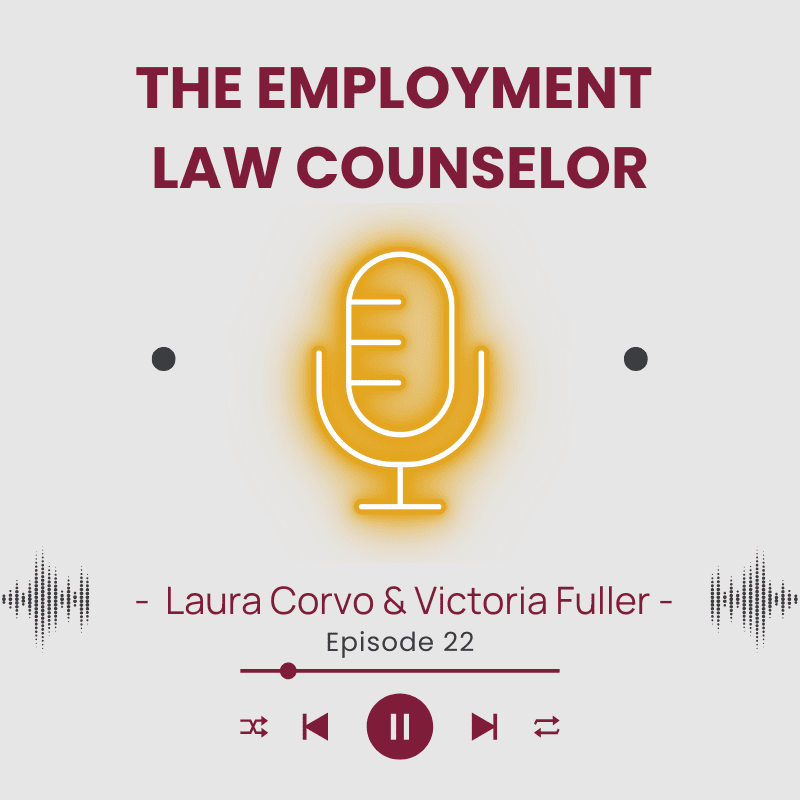August 29, 2025
Claims Made Bites: Do They Even Know?

Claims-made insurance is not easy, as I was reminded this past month.
I’ve been watching for different claim situations that, to be perfectly honest, went ways that I didn’t expect. Claims I thought should have been covered weren’t. Exposures came to light in ways that left the insureds with significant financial exposure and no recourse, and left me pretty baffled.
Below are three cases you should take note of. I share these in the hope that we as professional liability practitioners can better understand and communicate these potential coverage gaps to our clients. Nobody has to get caught unprepared when these types of claims arise.
Related Claims Exclusion: One Strike and You’re Out?
Related claims exclusions make perfect sense in principle. If an insured has already reported a claim to a prior carrier, then anything else evolving from that claim should be tendered to that particular carrier. You can’t bring a claim related to an old claim and expect the new carrier to consider coverage. It’s the same reason why claims-made policies all contain prior-knowledge exclusions. The intent is to provide coverage for claims that arise from matters the insured was unaware of. This prevents people from getting a claim, then buying a policy, then tendering that claim to the new carrier. You can’t buy property insurance for a building that’s already caught fire. Why should people be able to report previously known matters to new carriers?
The problem is: what if “related claim” is so broad that it carves out any type of similar future claim?
A drug testing company provided false positives, which ended up costing the plaintiffs their child visitation rights. When it was discovered that the company had made errors (and no, the plaintiffs did not use drugs), a lawsuit was filed, with damages including the pain and anguish of being separated from their children due to the false drug tests. The first carrier paid the claim like a normal E&O claim.
Two years later, a similar case was filed against the drug testing company. These were different plaintiffs affected by false positives, but they were represented by the original plaintiff attorneys. The insured had switched E&O carriers and tendered the new claim to the new carrier. The new carrier denied coverage, arguing this was too related to the first claim, and therefore was carved out by the related claims exclusion.
The carrier argued the claims were related because they involved the same type of error and same plaintiff attorneys. The court disagreed, ruling that different victims meant different claims—and ordered the new carrier to provide coverage.
But here’s the concerning part: if this had been tried in a different jurisdiction, the result could have gone the complete opposite way. The manner in which these related claims exclusions read makes you wonder: once an insured has a particular type of claim, does that mean they no longer have active coverage for that type of claim ever again?
The obvious answer is no, that cannot be a coverage gap we allow related claims exclusions to create. We need better ways to define what related claims are and how we measure them. John Zulkey’s “reasonable storyteller test” provides helpful guidance: if a plaintiff can state the facts of their case without having to reference the previous case, then it’s an unrelated matter and should be considered an unrelated claim. It would be nice if this idea went from hypothetical to fully implemented.
The takeaway for practitioners: Related claims determinations can be highly fact-specific and jurisdiction-dependent. Clients need to understand this uncertainty when making carrier change decisions.
Take One For the Team… Without Any Hope For Reciprocity
This case caught me off guard. A company was in financial distress and needed funds to keep operations going, but the firm’s credit was inadequate. The only way to secure the necessary loans was by having three executives provide personal guarantees.
The executives stepped up, made the guarantees, and kept the lights on. Unfortunately, the company couldn’t turn things around and went under. The debt holders pursued the executives, who then tendered a D&O claim to their carrier.
The carrier denied coverage, arguing these personal guarantees were inherently personal in nature. The court sided with the carrier, reasoning that personal guarantees can’t be actions taken “on behalf of” the company because that would create the logical impossibility of a company guaranteeing its own debt through its officers.
While the court’s logic is sound, the executives were likely stunned that their D&O carrier wouldn’t defend them. The guarantees were clearly made in their corporate capacity to benefit the company, not for personal gain. Had they known they would be entirely on their own, would they have agreed to the guarantees? Now their personal assets are at stake as they try to settle with the debt holders.
This highlights a critical coverage gap that many executives and risk managers might not anticipate. Personal guarantees of corporate debt—even when made solely to benefit the company—fall outside typical D&O coverage due to their inherently personal nature.
Even Cannabis Firms Can Fall Prey To… Antitrust Litigation?
When most people think of antitrust claims, they envision giant monopolies using their market power to engage in price-fixing schemes with competitors. While that represents a significant portion of antitrust litigation, even smaller, regional entities can find themselves facing these claims.
Robin Crauthers’ recent analysis of antitrust cases involving cannabis firms reveals the full spectrum of potential violations:
- Price-fixing conspiracies
- $15M contingent payouts in monopolization schemes
- Sham litigation to block competitors
- Monthly price exchanges with penalties for non-compliance
What’s particularly notable is how traditional these claims appear. Remove the cannabis context, and these cases mirror standard antitrust litigation patterns that have existed for decades. Yet cannabis companies, like many emerging industry participants, often don’t recognize their exposure to these traditional corporate law risks.
This creates a dangerous blind spot. Cannabis firms may purchase D&O policies with antitrust exclusions, assuming they’re immune from such “big company” problems. When antitrust claims arise, they discover they’re completely unprotected against potentially devastating treble damages exposure.
The lesson extends beyond cannabis: emerging industries aren’t exempt from established legal frameworks. Companies in new sectors need coverage that reflects the full spectrum of corporate risks, not just industry-specific exposures.
Conclusion: Bridging the Knowledge Gap
These three cases reveal a troubling pattern: sophisticated business leaders making reasonable assumptions about their insurance coverage, only to discover critical gaps when claims arise.
Each situation challenged what seemed like reasonable assumptions:
- Related claims exclusions shouldn’t create permanent coverage voids for similar but separate incidents.
- Personal guarantees made in corporate capacity to save the company should logically fall under corporate coverage.
- Cannabis companies probably prioritize federal compliance over century-old antitrust regulations.
As professional liability practitioners, we bear responsibility for identifying these potential blind spots and ensuring our clients understand the boundaries of their coverage. The alternative, clients discovering coverage gaps during active claims, serves no one’s interests.
The question “Do they even know?” should drive every coverage discussion. If we assume our clients understand these nuances without explicit conversation, we’re setting them up for the same shocking discoveries these insureds experienced.
The author provides this analysis for educational purposes. Specific coverage questions should be directed to qualified insurance professionals and legal counsel.
Meet the Author
 Lucas Roberts
Lucas Roberts
Wholesale Broker, Anzen
Lucas Roberts is a professional lines specialist with experience in both underwriting and wholesale brokerage. He maintains an active LinkedIn presence, regularly sharing insights on professional liability developments. This blog takes a deeper dive into developments that have far-reaching consequences for the professional liability market.
You can see more of Lucas’s Claims Made Bites on his LinkedIn.
News Type
PLUS Blog
Business Line
Directors and Officers (D&O), Errors and Omissions (E&O), Professional Liability
Contribute to
PLUS Blog
Contribute your thoughts to the PLUS Membership consisting of 45,000+ Professional Liability Practitioners.
Related Podcasts

The Employment Law Counselor Episode 22
Navigating Labor and Employment Challenges During the Holiday Season Happy Holidays from…
Related Articles

Share Your Content Ideas with PLUS!
Planning is underway for PLUS webinar content— and we want to hear…

Claims Made Bites: Antitrust Exclusions Can Be Catastrophic
The Myth of “Big Tech Only” Antitrust Risk It’s easy to think…

Celebrating a Year of Growth: 2025 Future PLUS Advancement Initiative Highlights
In 2025, PLUS launched the Future PLUS Advancement Initiative, a strategic, high-impact…
